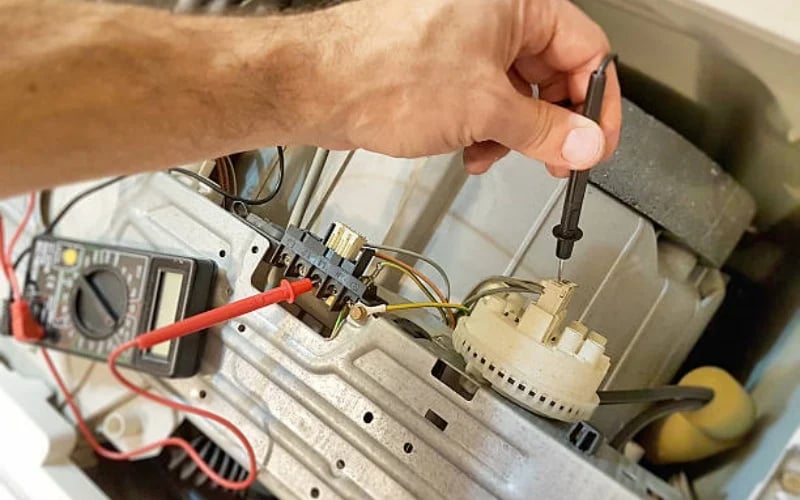The Basics of cast aluminum heat sinks
Heat sinks play an important role in the dissipation of heat that is generated by electronic devices. Cast aluminum heat sinks are a popular choice among manufacturers, thanks to their excellent thermal conductivity and affordable cost. These heat sinks are made by pouring molten aluminum into a mold, which is then cooled and shaped into the desired form. This article will explore the benefits and applications of cast aluminum heat sinks.
Benefits of Cast Aluminum Heat Sinks
Cast aluminum heat sinks offer a number of advantages over other types of heat sinks. For starters, they have excellent thermal conductivity due to the high thermal conductivity of aluminum. This means that they can effectively dissipate heat generated by electronic components, preventing overheating and prolonging the lifespan of the device. Additionally, cast aluminum heat sinks are lightweight, durable, and easy to manufacture, making them a cost-effective choice for large quantities of heat sinks.
Applications of Cast Aluminum Heat Sinks
Cast aluminum heat sinks are commonly used in a variety of electronic devices, including computers, LED lights, industrial power supplies, and more. They are also used in the automotive industry for cooling engine components and transmission systems. The versatility and affordability of cast aluminum heat sinks make them a top choice for a wide range of applications.
Design Considerations for Cast Aluminum Heat Sinks
The design of a cast aluminum heat sink is critical for ensuring optimal thermal performance. Some important design considerations include the surface area of the heat sink, the number and size of fins, the shape of the fins, and the orientation of the fins. The design must also take into account the airflow around the heat sink and the ambient conditions of the application environment.
Finishing Options for Cast Aluminum Heat Sinks
Cast aluminum heat sinks can be finished in a variety of ways to improve their appearance, protect against corrosion, and enhance thermal performance. Common finishing options include anodizing, powder coating, and painting, among others. The choice of finishing option will depend on the specific application requirements and desired aesthetics.
The Role of Thermal Interface Materials
Thermal interface materials (TIMs) are used to fill the gap between the electronic component and the heat sink, improving the thermal conductivity between the two surfaces. Choosing the right TIM is crucial for ensuring optimal thermal performance of the heat sink. Common TIMs include thermal grease, adhesive tapes, and phase change materials, among others.
Advancements in Cast Aluminum Heat Sink Technology
The field of cast aluminum heat sink technology is constantly evolving, with advancements in materials and manufacturing techniques. One such development is the use of composite materials, which can enhance the thermal conductivity and strength of the heat sink. Another trend is the use of additive manufacturing techniques to create complex, customized heat sink designs.
Environmental Considerations of Cast Aluminum Heat Sinks
Cast aluminum heat sinks are a relatively eco-friendly choice, as aluminum is a highly recyclable material. Proper disposal and recycling of end-of-life heat sinks can help reduce their impact on the environment. Additionally, advancements in manufacturing processes have led to the development of heat sinks with lower carbon footprints and energy usage.
Quality Control in Cast Aluminum Heat Sink Production
Quality control is a critical aspect of cast aluminum heat sink production, as even small defects can impact their thermal performance. Manufacturers must have rigorous testing and inspection processes in place to ensure that each heat sink meets the desired specifications. This can include visual inspection, thermal testing, and performance testing, among others.
Care and Maintenance of Cast Aluminum Heat Sinks
To ensure optimal thermal performance and longevity of cast aluminum heat sinks, proper care and maintenance is important. This may include regular cleaning to remove dust and debris, checking for damage or wear, and monitoring thermal performance over time. Additionally, proper installation of the heat sink and any associated thermal interface materials is crucial for achieving optimal thermal conductivity.

